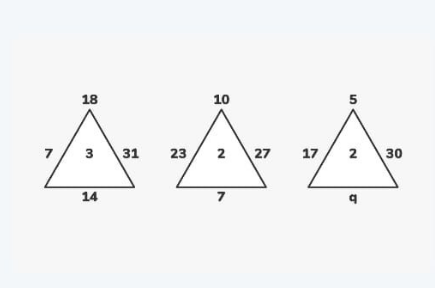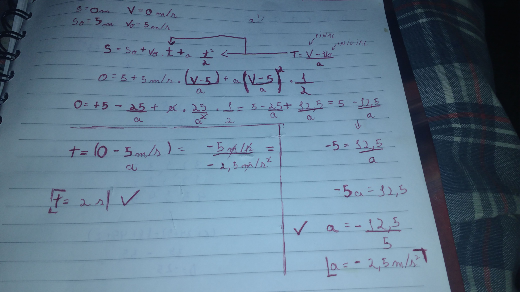
AllQuestion and Answers: Page 1222
Question Number 93695 Answers: 2 Comments: 1

Question Number 93707 Answers: 0 Comments: 2
$$\mathrm{y}\:\mathrm{y}''\:=\:\left(\mathrm{y}'\right)^{\mathrm{2}} \: \\ $$
Question Number 93691 Answers: 1 Comments: 3
Question Number 93689 Answers: 0 Comments: 1
Question Number 93687 Answers: 0 Comments: 1
Question Number 93717 Answers: 1 Comments: 0

Question Number 93683 Answers: 1 Comments: 0
Question Number 93676 Answers: 1 Comments: 1
Question Number 93648 Answers: 2 Comments: 0
Question Number 93636 Answers: 0 Comments: 0
Question Number 93635 Answers: 0 Comments: 0
Question Number 93634 Answers: 2 Comments: 2
Question Number 93633 Answers: 0 Comments: 1
Question Number 93632 Answers: 2 Comments: 1
Question Number 93626 Answers: 1 Comments: 9

Question Number 93638 Answers: 2 Comments: 2
Question Number 93623 Answers: 0 Comments: 2

Question Number 93620 Answers: 1 Comments: 0
Question Number 93618 Answers: 0 Comments: 1

Question Number 93610 Answers: 1 Comments: 0
$$\int\left(\frac{\sqrt{\mathrm{x}^{\mathrm{n}} +\mathrm{1}}}{\mathrm{x}}\right)\mathrm{dx} \\ $$
Question Number 93587 Answers: 3 Comments: 0
Question Number 93705 Answers: 0 Comments: 3
Question Number 93571 Answers: 0 Comments: 1
Question Number 93569 Answers: 0 Comments: 0

Question Number 93568 Answers: 0 Comments: 1

Question Number 93567 Answers: 1 Comments: 1
Pg 1217 Pg 1218 Pg 1219 Pg 1220 Pg 1221 Pg 1222 Pg 1223 Pg 1224 Pg 1225 Pg 1226
